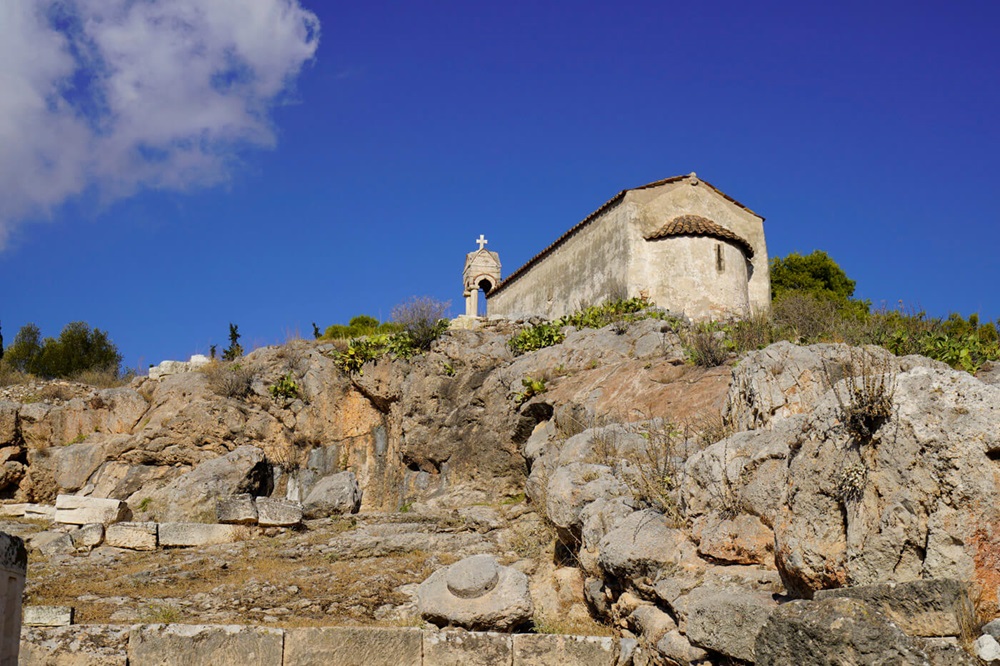
The Feast of Holy Mary of Mesosporitissa (Panagitsa) was inscribed on the Representative List of the Intangible Cultural Heritage of Humanity at the 19th Intergovernmental Conference of the Convention for the Safeguarding of the Intangible Cultural Heritage of Humanity (UNESCO 2003) held in the Paraguayan capital, Asunción.
The feast is celebrated every year – at a critical time for the fertility of the land, especially of cereals, and to ensure the sufficiency of food resources – on November 20, the eve of the Presentation of the Virgin Mary, in Elefsina, in the 17th century church of the 17th century, It is known in the local community as the ‘Panagitsa”, as it is located within the archaeological site of Elefsina, the place where in ancient times the Eleusinian mysteries were celebrated.
The Minister of Culture, Lina Mendoni, said: “The inscription of the Feast of Holy Mother Mary of Mesosporitissa on UNESCO’s Representative List of the Intangible Cultural Heritage of Humanity is the tenth item to be included by Greece. It is tangible proof of the methodical and systematic work that has been carried out by the Ministry of Culture in recent years, but also of the coordinated effort and cooperation of the competent services of the Ministry with the local communities. We are working in a continuous and structured manner for the optimal promotion and international promotion of all and more elements of our intangible cultural heritage, which is a priority in our policies. The location of Panagitsa, the preceding centuries-long cult of Demeter, the Mesopotamian era and the age-old invocation of the divine for a good harvest, constitute a combined background that gives uniqueness to the custom, reflecting a deeply rooted tradition in time and in the landscape of the sanctuary of Elefsina. Culture is a valuable and dynamic asset for social cohesion and a strategic factor for local and national development and upliftment. Thanks and warm congratulations to the staff of the Directorate of Modern Cultural Heritage of the Ministry of Culture for their systematic and persistent work. Thanks to the Permanent Greek Delegation to UNESCO. The contribution of the Deputy Minister of Foreign Affairs Alexandra Papadopoulou was crucial. I thank her from the bottom of my heart“.
The experience of historical timelessness is still reflected in the religious cultural practices of the members of the community, in the offering of bread, in the prayer for collective and individual well-being and for the euphoria of the fruits of the earth, as well as in the offering of the polysporium (a mixture of fruits, cereals, legumes and fruits) after the end of the ceremony. In recent years, the tradition of offering the polysporium has been undertaken by the Folklore Association of Elefsina “the Adrachti”. Today, when the city of Elefsina has become an industrial center, the single celebration of the element is perhaps the most important public expression of cultural memory, collective identity and community cohesion.
The cultural practices inscribed on the International Lists are derived from the inscribed data of the National Inventory of Intangible Cultural Heritage of Greece, which is maintained by the Directorate of Modern Cultural Heritage and is available: https://ayla.culture.gr/purpose







Leave A Comment